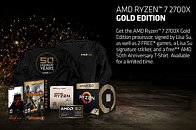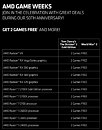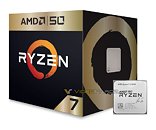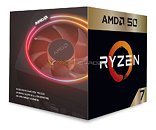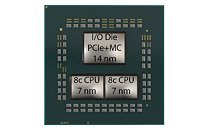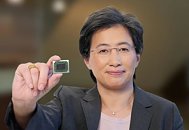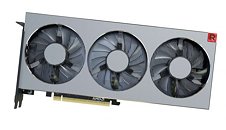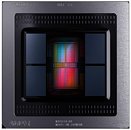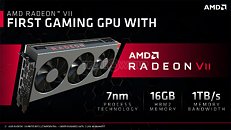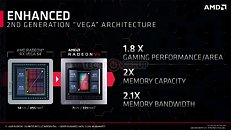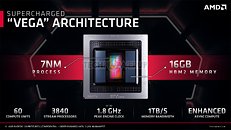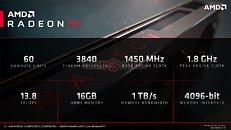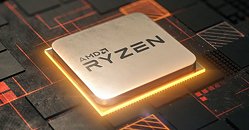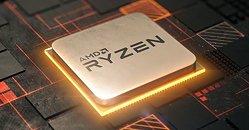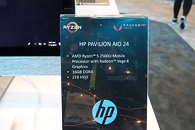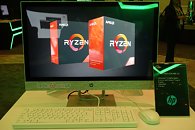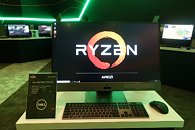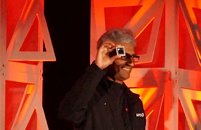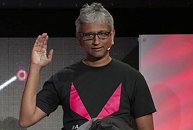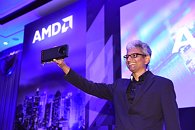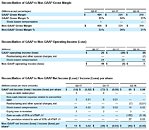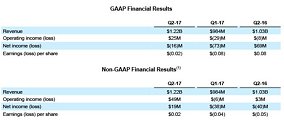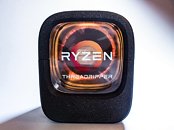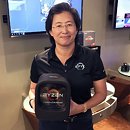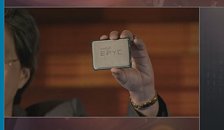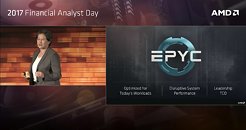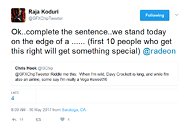
AMD Reports First Quarter 2019 Financial Results- Gross margin expands to 41%, up 5 percentage points year-over-year
AMD today announced revenue for the first quarter of 2019 of $1.27 billion, operating income of $38 million, net income of $16 million and diluted
earnings per share of $0.01. On a non-GAAP(*) basis, operating income was $84 million, net income was $62 million and diluted earnings per share was $0.06.
"We delivered solid first quarter results with significant gross margin expansion as Ryzen and EPYC processor and datacenter GPU revenue more than doubled year-over-year," said Dr. Lisa Su, AMD president and CEO. "We look forward to the upcoming launches of our next-generation 7nm PC, gaming
and datacenter products which we expect to drive further market share gains and financial growth."
earnings per share of $0.01. On a non-GAAP(*) basis, operating income was $84 million, net income was $62 million and diluted earnings per share was $0.06.
"We delivered solid first quarter results with significant gross margin expansion as Ryzen and EPYC processor and datacenter GPU revenue more than doubled year-over-year," said Dr. Lisa Su, AMD president and CEO. "We look forward to the upcoming launches of our next-generation 7nm PC, gaming
and datacenter products which we expect to drive further market share gains and financial growth."

